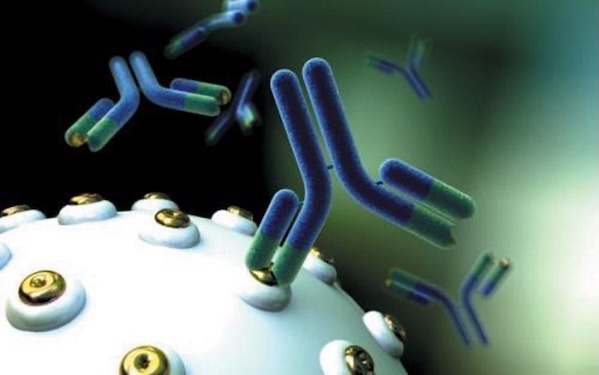Introduction to the new INN naming scheme for monoclonal antibody drugs
May 19, 2025
Source: drugdu
 340
340

The International Pharmaceutical INN Name Expert Group (INN Expert Group) decided to implement a new scheme for naming monoclonal antibody drugs at the 73rd INN Consultative Meeting in October 2021.
The new scheme aims to avoid the confusion caused by the use of the "-mab" root in the old naming scheme, divides monoclonal antibody drugs into four different groups, and introduces four completely new root words.
1. Background and purpose of the new naming scheme
Old naming scheme: Previously, monoclonal antibody drugs used "-mab" as the root word, but with the development of technology, this naming method can no longer accurately distinguish different types of monoclonal antibodies.
New naming scheme: The new scheme divides monoclonal antibody drugs into four groups, each using a unique root word to more accurately describe the characteristics of the drug.
2. Four new root words and their meanings
-tug: for "unmodified immunoglobulin" class of mAbs, including monospecific full-length immunoglobulins whose constant regions have not been modified and have the same set of CDRs (complementarity determining regions) that recognize the same epitope. This includes natural immunoglobulin molecules of all species and classes, as well as chimeric and humanized antibodies.
-bart: used for "artificial immunoglobulin" class mAbs, refers to monospecific full-length immunoglobulins whose constant regions have been engineered to have the same set of CDRs and recognize the same epitopes. This includes engineered immunoglobulins, such as amino acid changes in the hinge region, new glycosylation sites, etc.
-ment: used for "immunoglobulin fragments" of the class of monoclonal antibodies, refers to monospecific fragments that contain at least one immunoglobulin variable region and are not included in the -tug or -bart groups. These fragments may have complete, partial or missing constant regions.
-mig: for "multispecific immunoglobulin" class mAbs, including bispecific and multispecific immunoglobulins, regardless of their format (conventional or engineered), type (full length or fragment), or shape (with or without extensions). This class of drugs achieves bispecificity or multispecificity through different variable regions and different sets of CDRs.
3. Special Circumstances
Immunoglobulin fusions: are included in the monoclonal antibody naming scheme only if both domains have immunoglobulin-derived variable regions. For example, a monoclonal antibody fused to a cytokine falls under the -fusp naming scheme.
Antibody-drug conjugates (ADCs): also follow the new monoclonal antibody naming scheme and do not add a special suffix because the second word already indicates that the substance is a conjugate.
4. Stem distribution principle
The mechanism of action of monoclonal antibodies is complex, may vary for different indications, and may not be fully understood at the development stage. Therefore, disease/target stems are assigned based on the known mechanism of action proposed by the applicant at the time of the INN application.
In summary, the new naming scheme for monoclonal antibody drugs includes four new root words, the principle of stem assignment, and the handling of special cases. This new scheme aims to more accurately describe the characteristics of monoclonal antibody drugs to adapt to the evolving biotechnology field.
https://news.yaozh.com/archive/45451.html
By editorRead more on
- CoreMedik Unlocks Dual Certifications for Implantation & Intervention of Artificial Heart December 25, 2025
- First in over 70 years! New drug for schizophrenia approved in China December 25, 2025
- Is the “anti-aging drug” a scientific breakthrough or a capital game? December 25, 2025
- Wegovy oral tablets receive FDA approval, ushering in the “dual-dosage era” for GLP-1 weight-loss drugs December 25, 2025
- The leading medical device company’s new venture is aiming for an IPO! December 25, 2025
your submission has already been received.
OK
Subscribe
Please enter a valid Email address!
Submit
The most relevant industry news & insight will be sent to you every two weeks.



